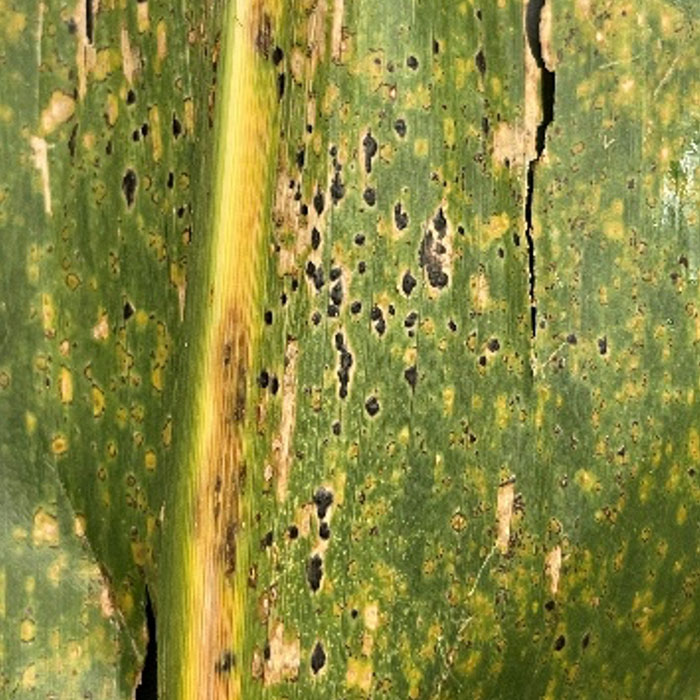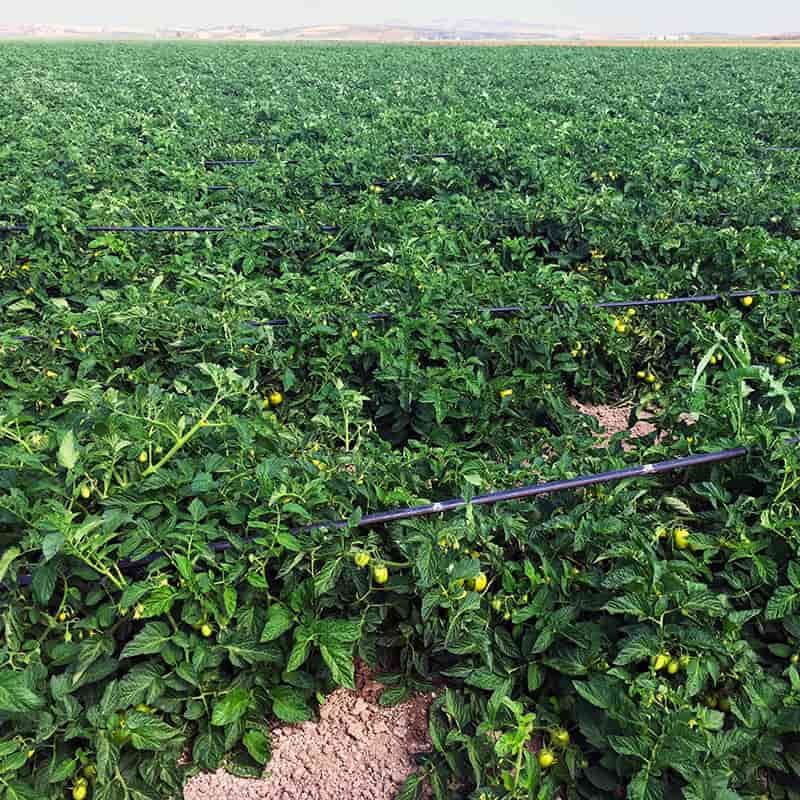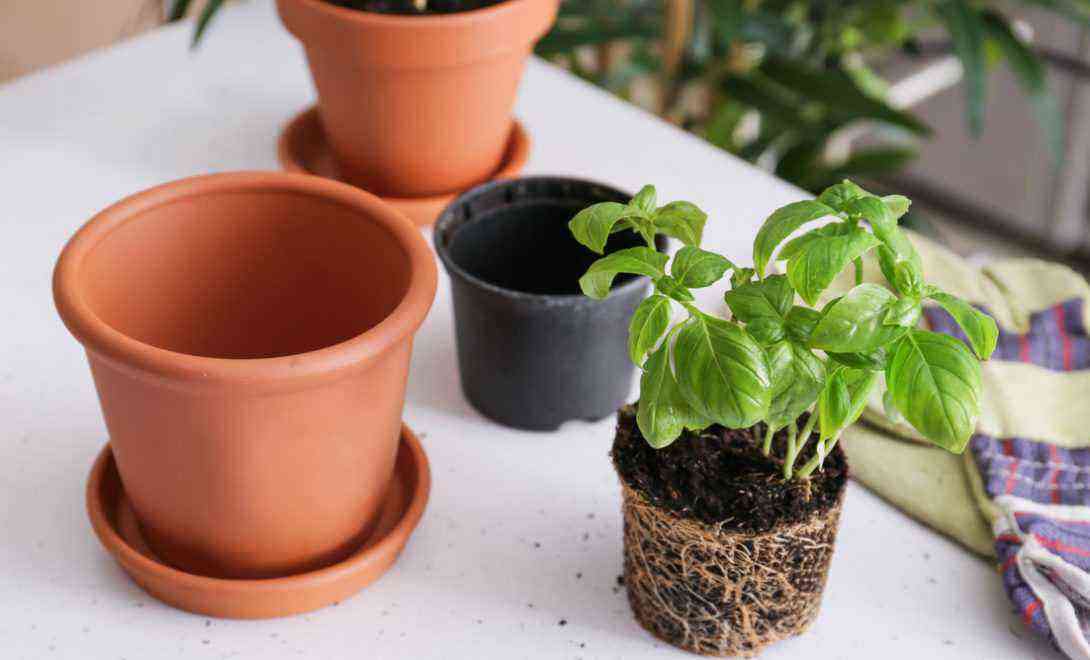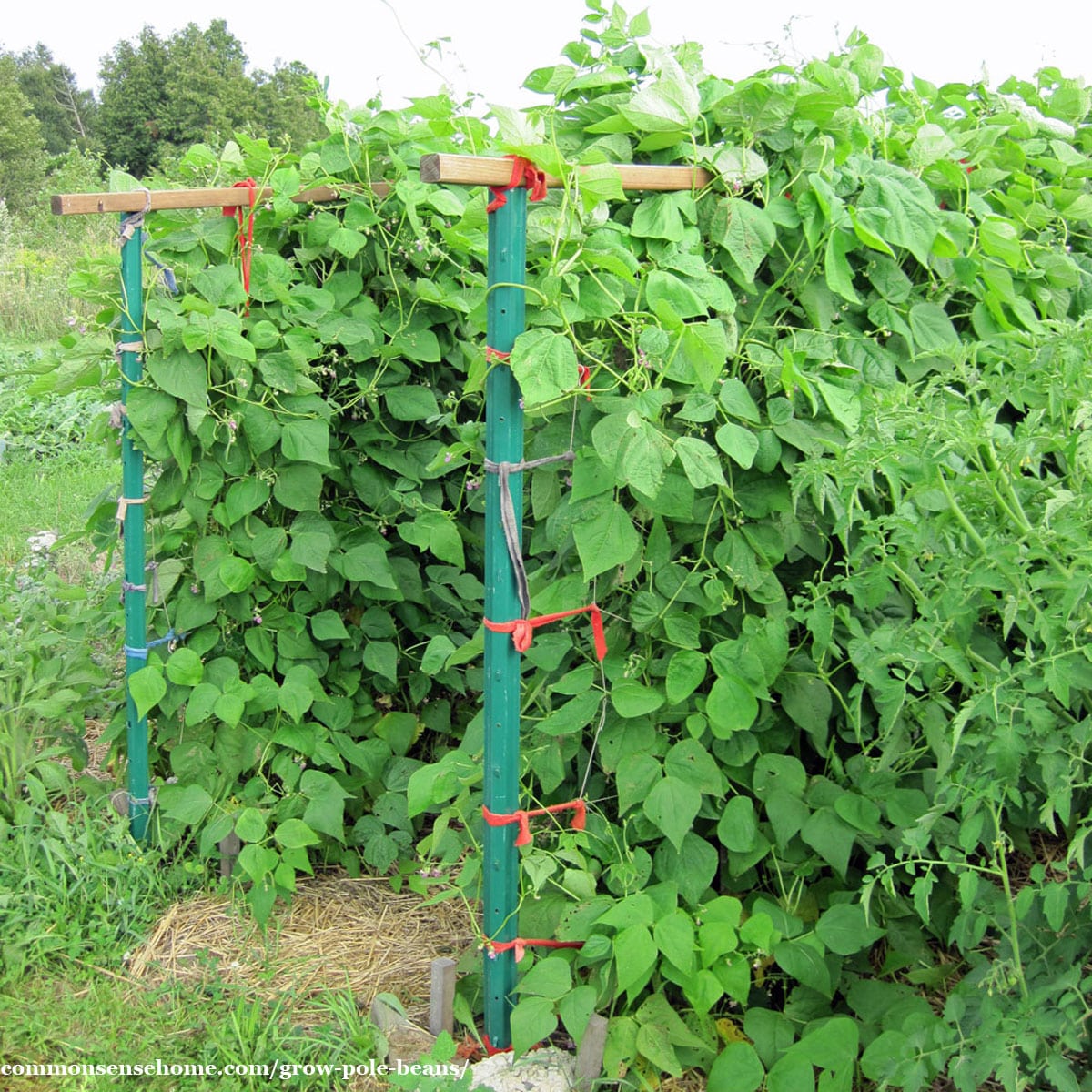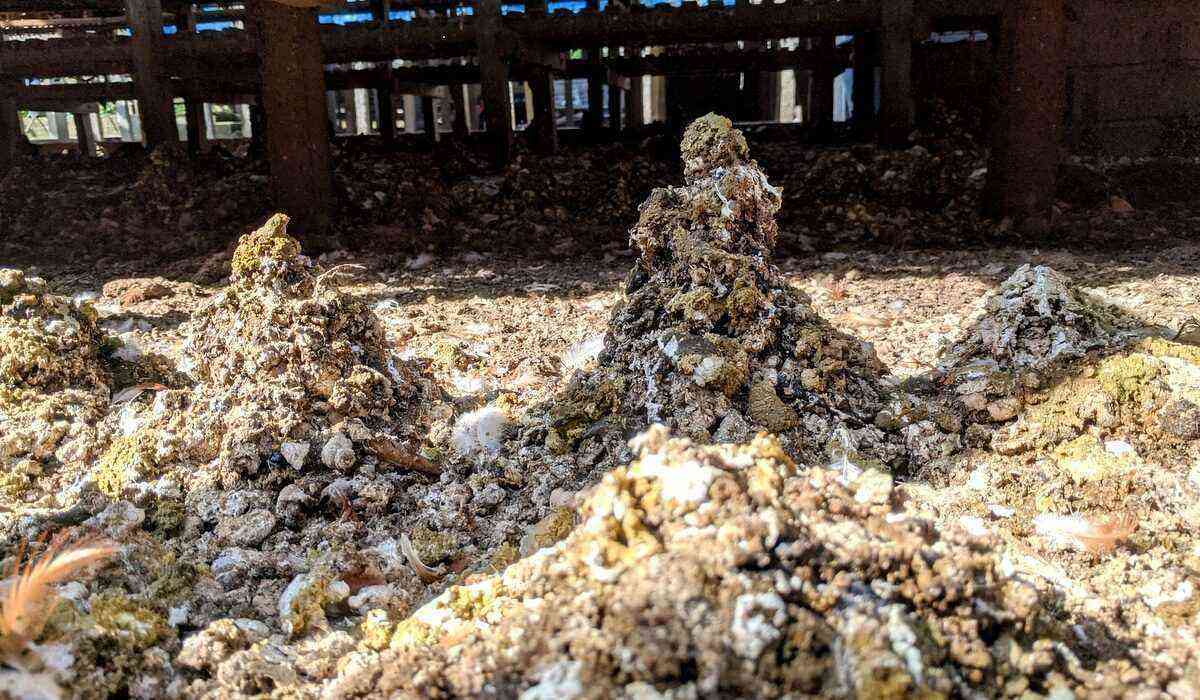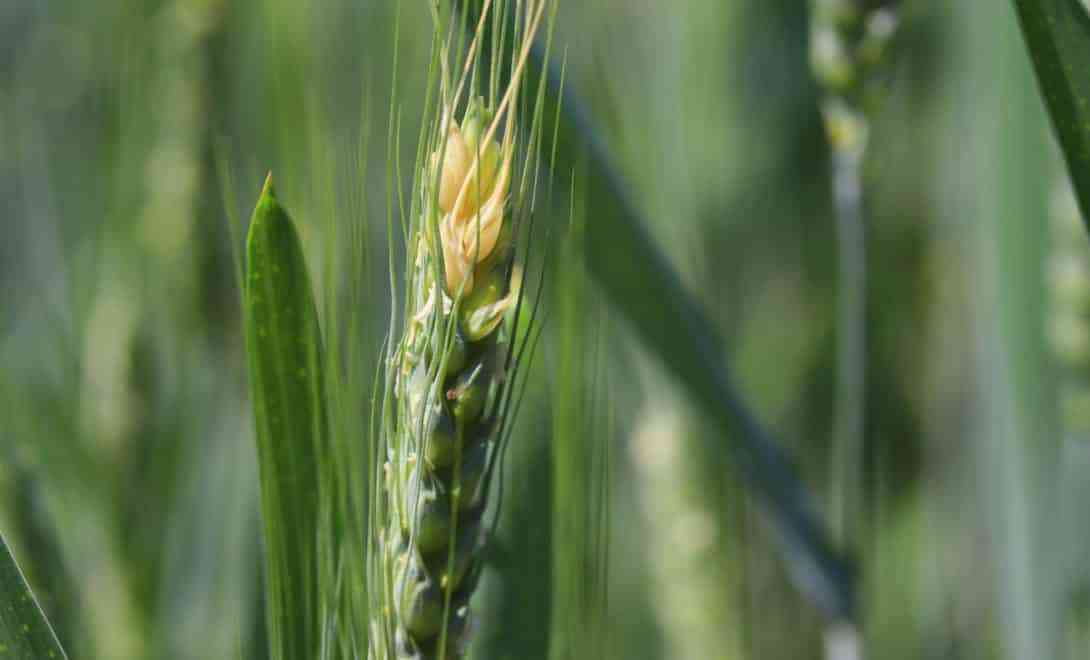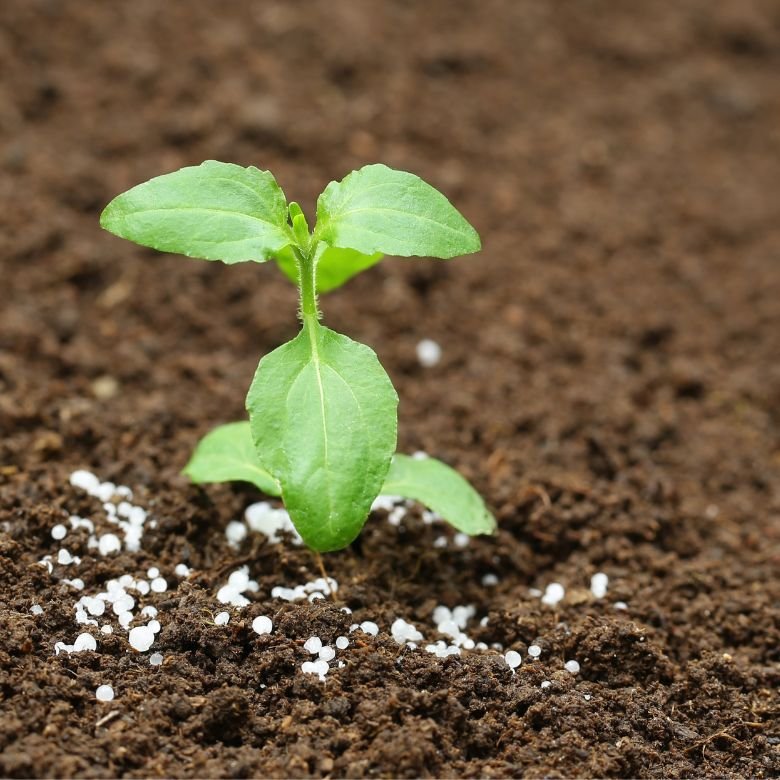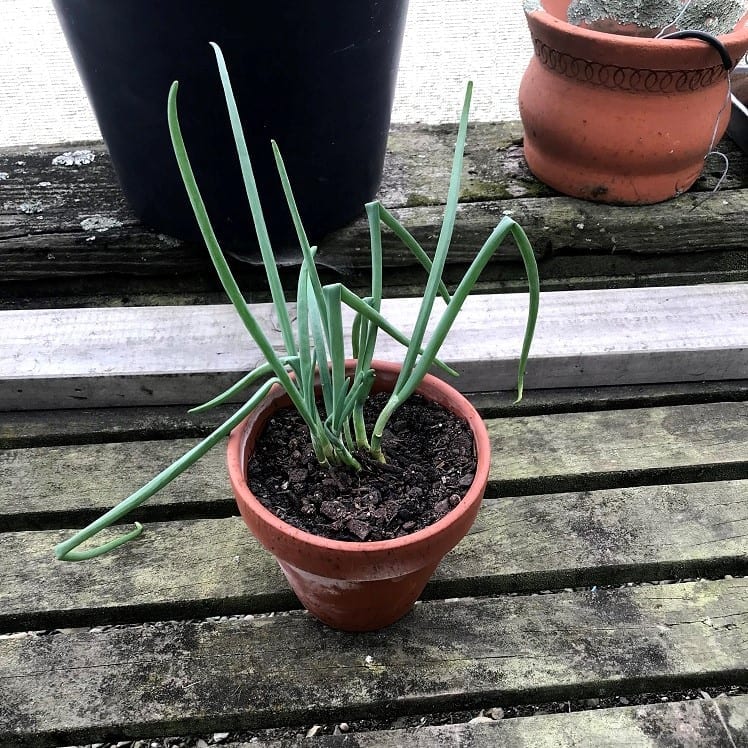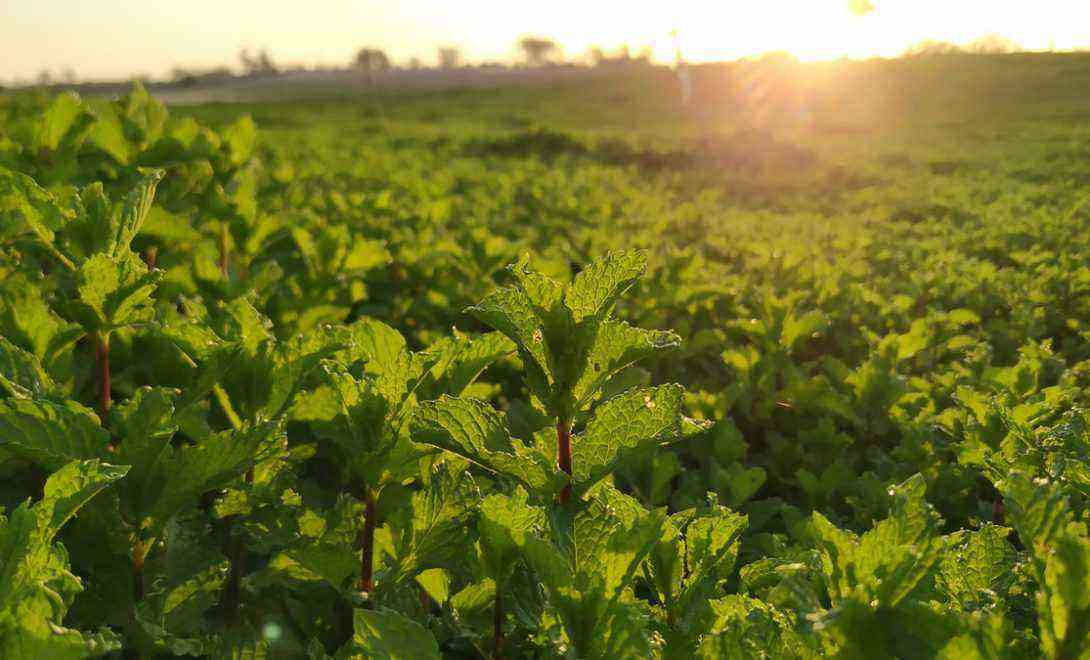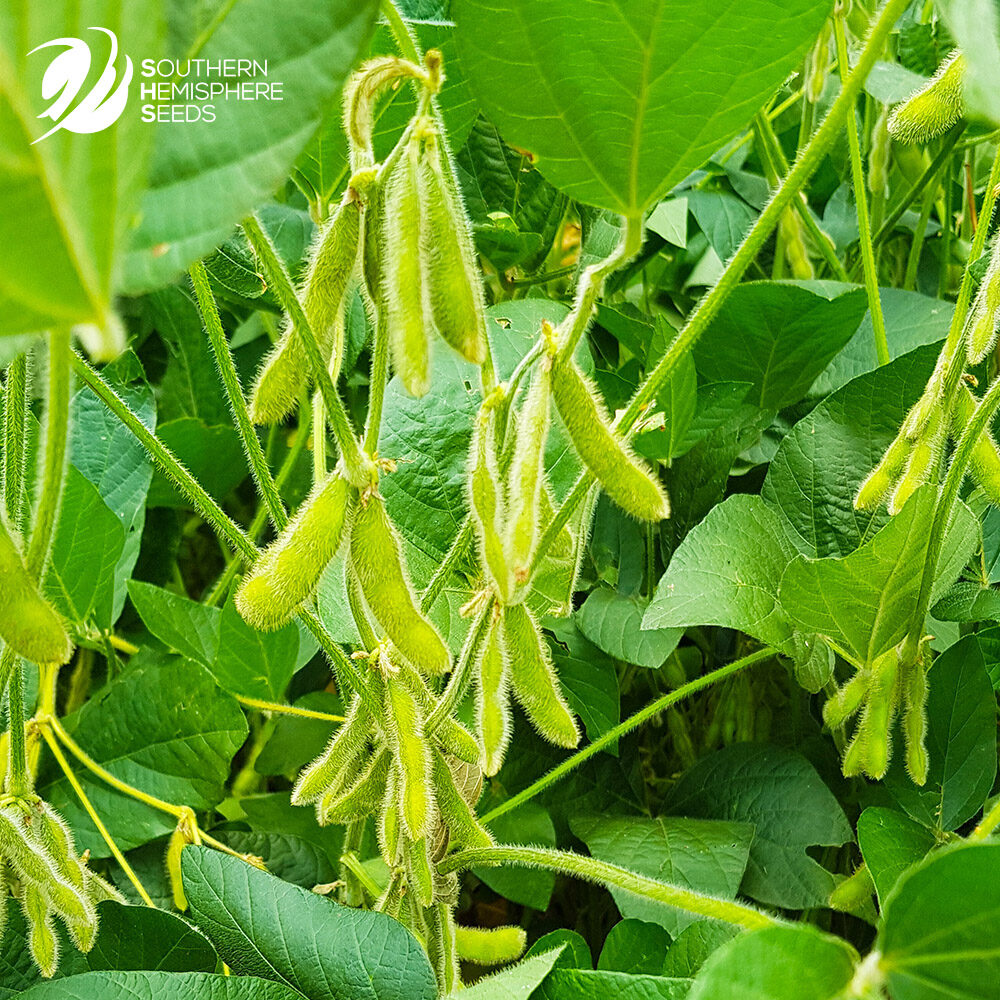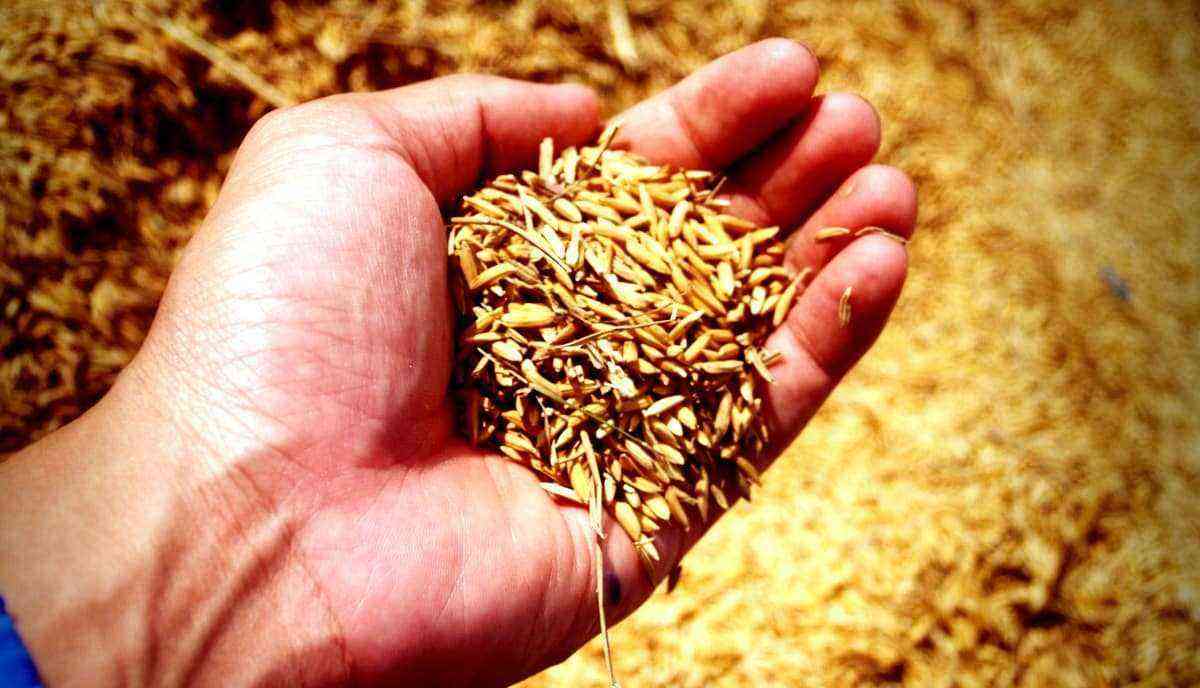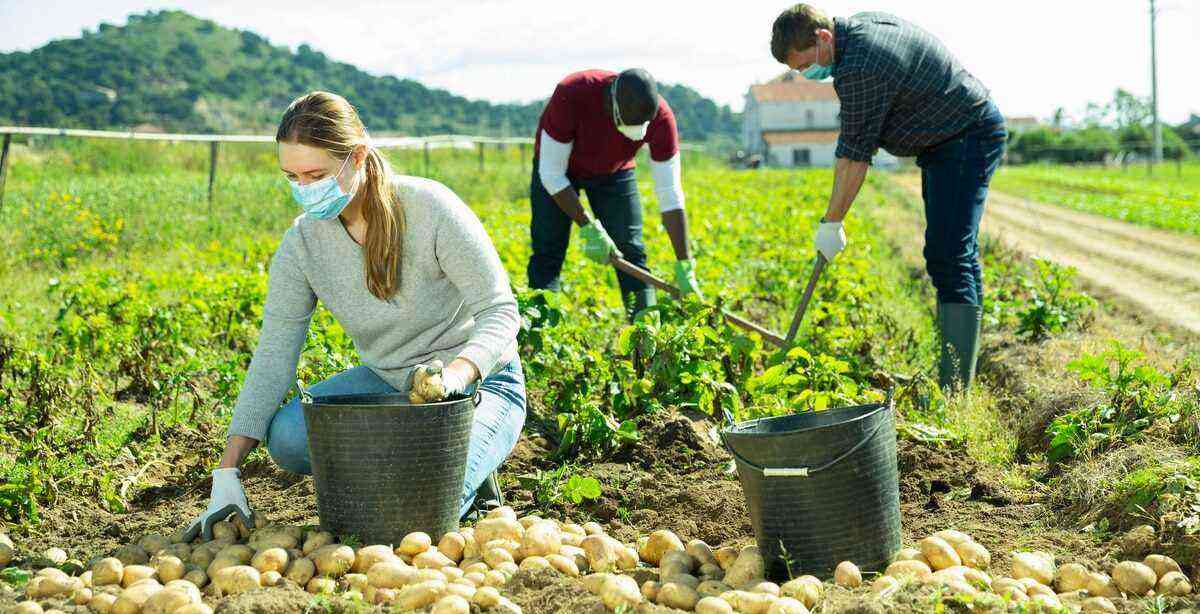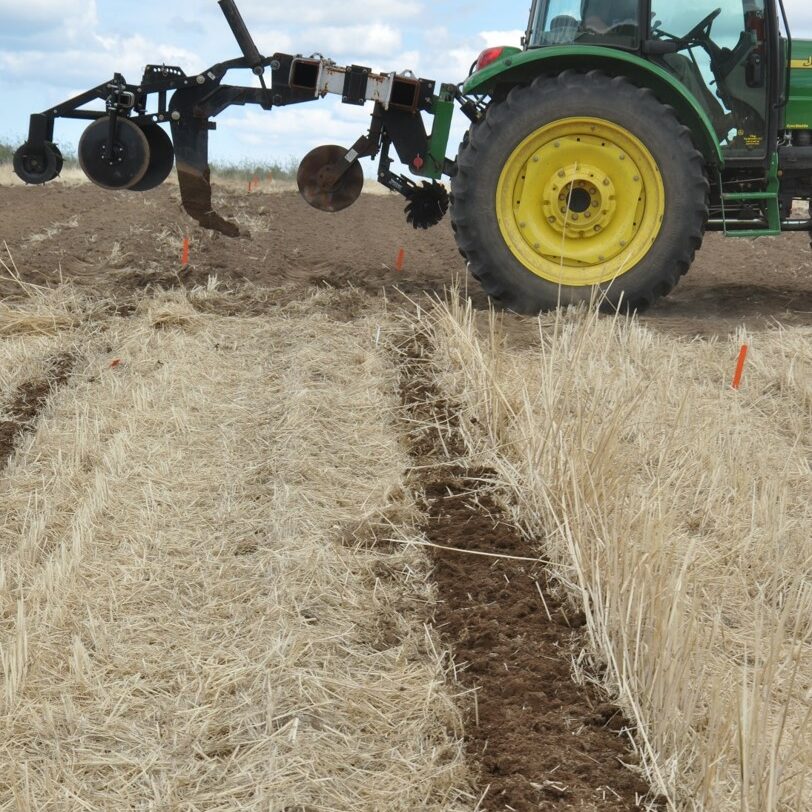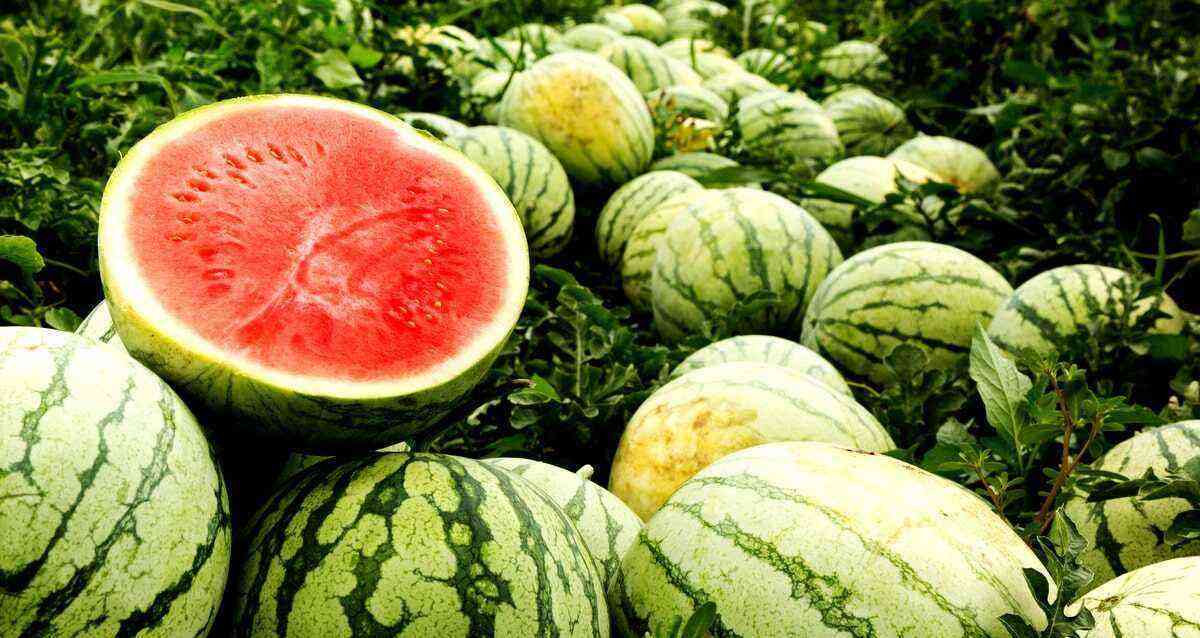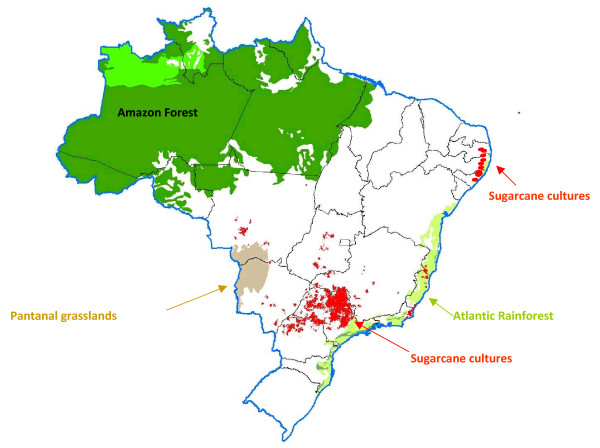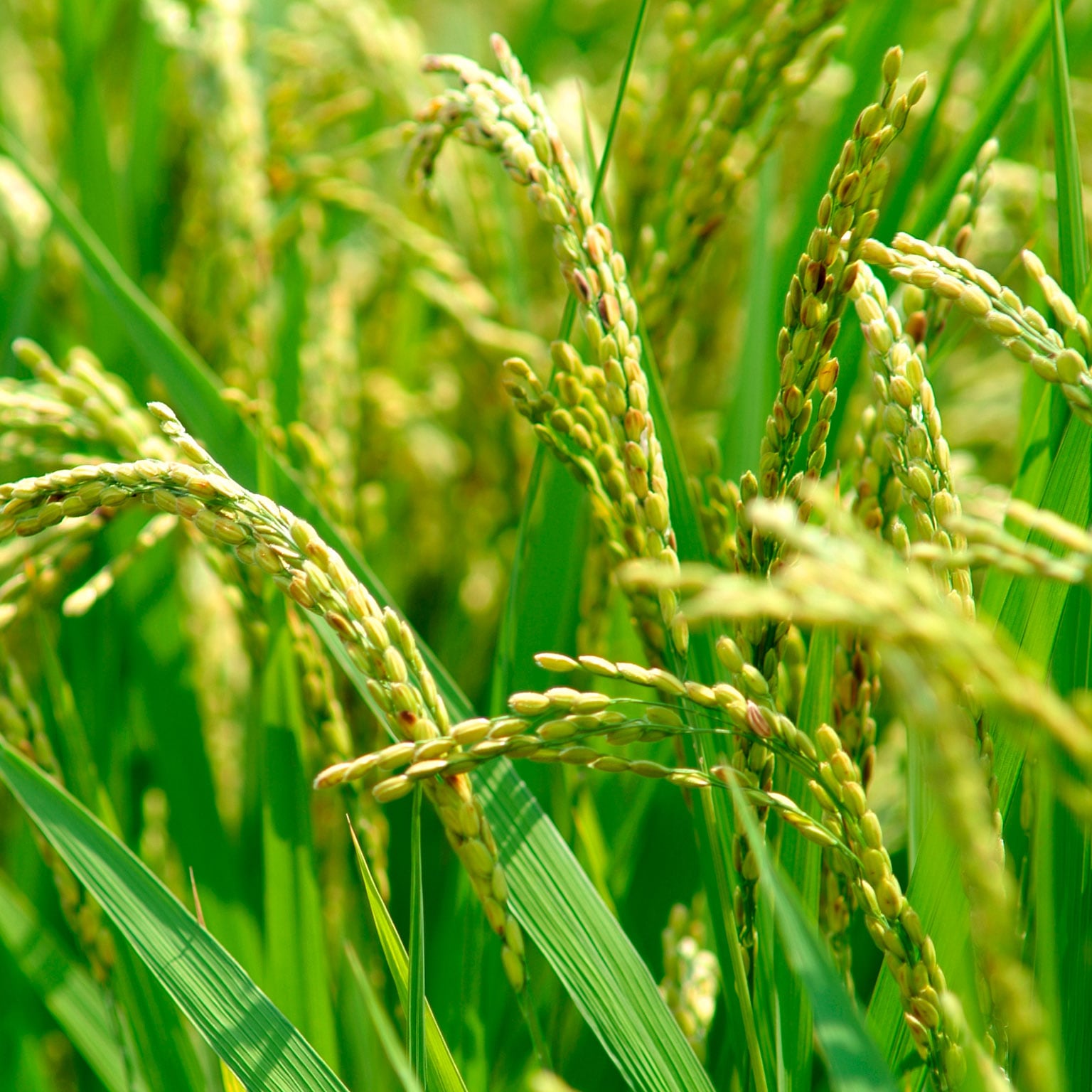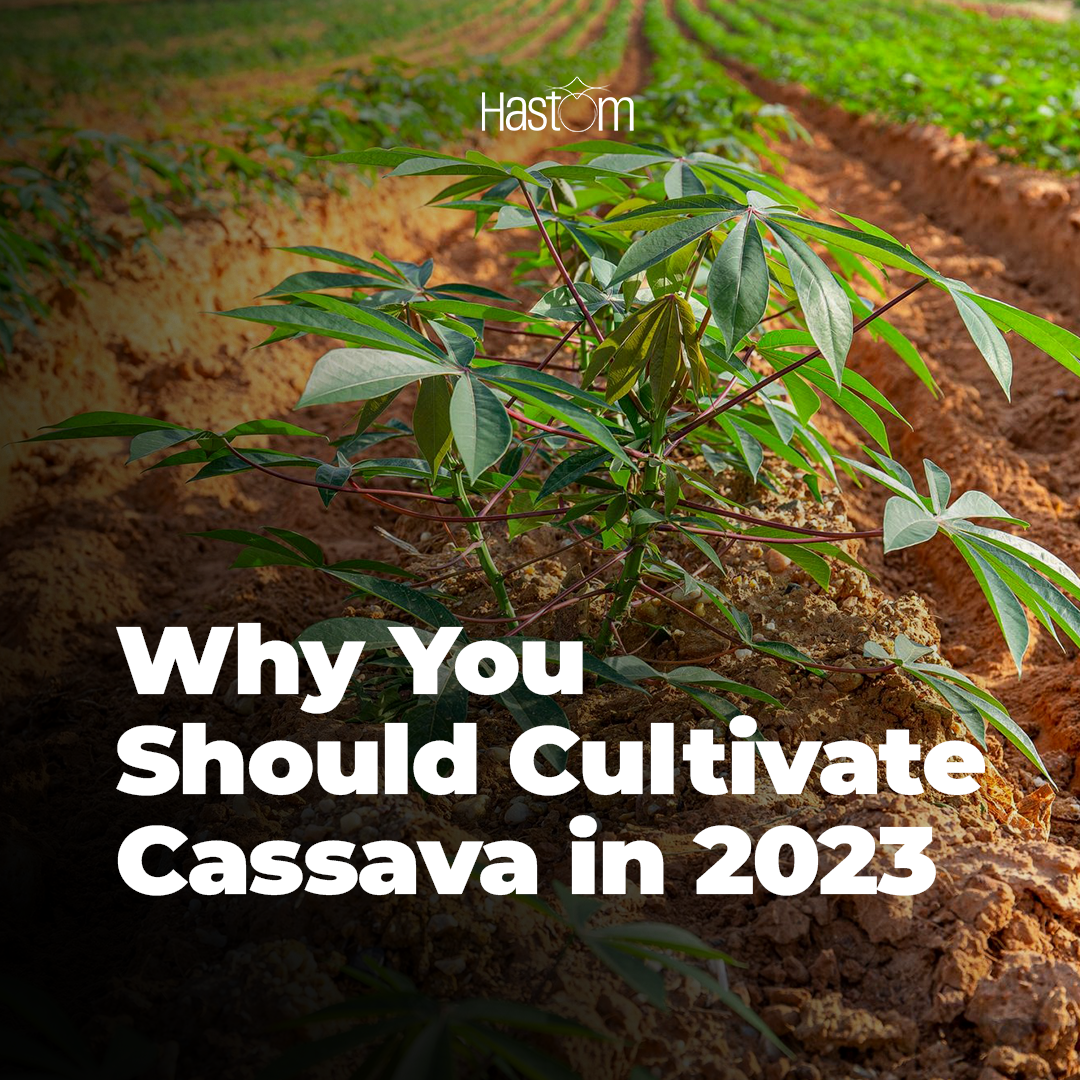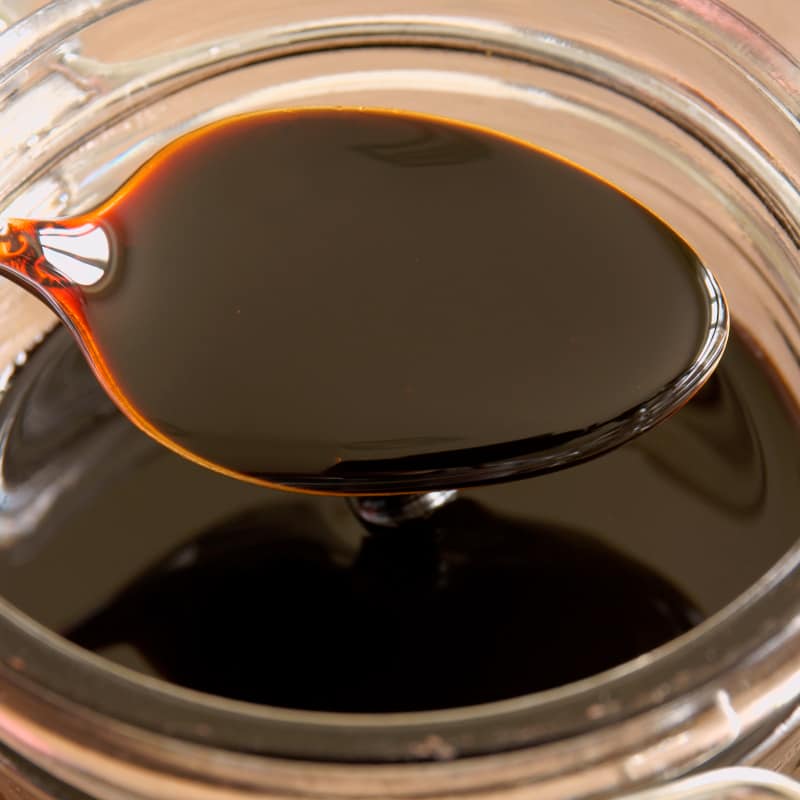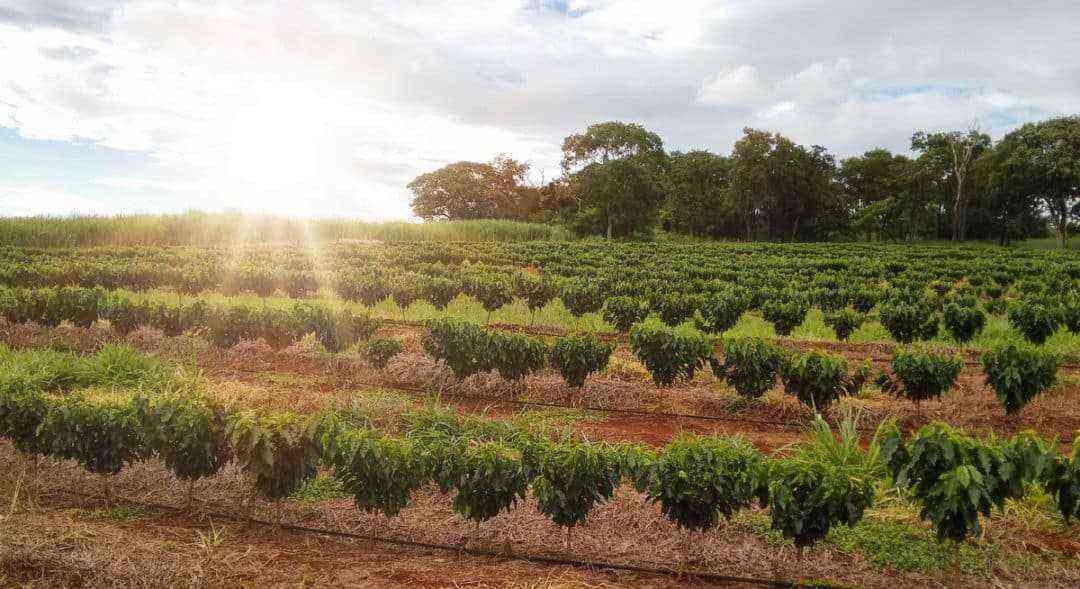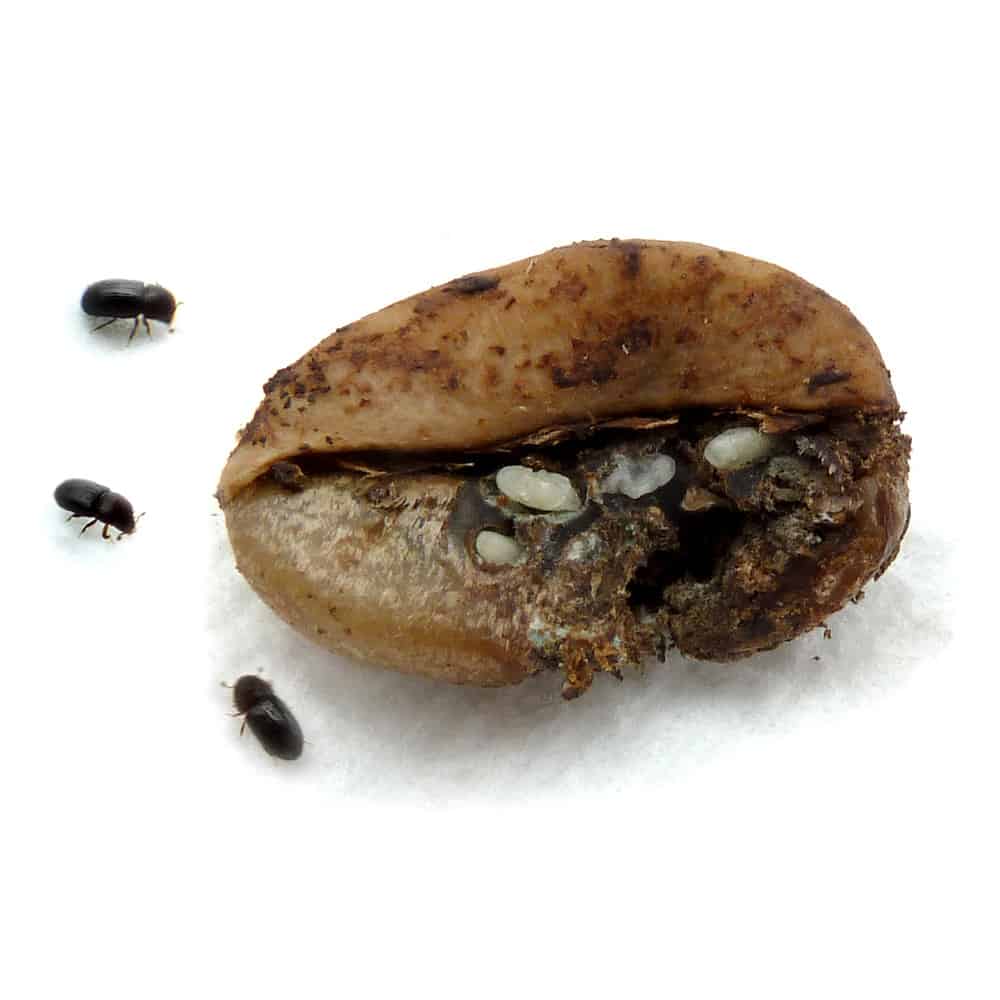Originally from the American continent, the ora-pro-nóbis, scientific name Pereskia aculeata miller, which in Portuguese means “Pray for us” and popularly called by farmers as lobrobó or orabrobó.
It is a plant widely used in Minas Gerais cuisine, mainly due to its nutritional richness.
The ora-pro-nóbis belongs to the cactus family. In the adult stage, it takes on the shape of a bush, transforming itself into a great living fence, which can be used as a windbreak or as a deterrent against the invasion of predators, due to the sharp thorns it has on the branches.

The ora-pro-nóbis as an adult has strong branches with thorns, being planted as a living fence
Its flowers are small, white with an orange core and very fragrant, sprouting from January to April.
In the months of June and July, the production of fruits in yellow and round berries takes place. The flowering in the ora-pro-nóbis is a decoration, ideal for sites, farms and farms.
Benefits
It offers minerals like:
– Magnesium;
– Manganese;
– Calcium;
– Ferro.
In addition, it has fiber and vitamin C, essential nutrients to increase the body’s immunity.
It also has a huge amount of phenolic compounds, which help protect the arteries and is a great source of protein in dry matter, most of which are essential amino acids, such as leucine, arginine and tryptophan.
medicinal powers
With regard to Natural Medicine, its chemical compounds are recommended for:
– Alleviate inflammation;
– Recover the skin in cases of burns;
– Stimulate healing;
– Produce collagen.
Culinary
Through its dried or ground leaves, it is possible to make numerous recipes, mainly stir-fries, omelets, soups and pies.

The leaves of ora-pro-nóbis can be consumed in different ways.
It can still be consumed raw, in salads, as an accompaniment, as well as in a mixture of pasta, flour and bread of any kind.
Management
Its handling is simple and it adapts perfectly to different climates and soil types. Because it is productive and has high nutritional value, ora-pro-nóbis is a great option for those who are starting to grow vegetables.
Want to know how to plant it? Keep reading this article.
How to Plant Ora-Pro-Nobis?
For those who are starting to cultivate, it is recommended to opt for the variety that produces white flowers, available through rural extension agencies, producers’ fairs or seedlings on the MF Rural website.
See the steps to start planting below:
- Seeding: start planting when the rainy season begins to stimulate the growth of branches, as vegetables have more difficulty developing in the dry season;
- support with stakes: make the support with stakes, 20 cm long, stuck in the ground, as it needs sustenance as it is a vine, and bury it with 1/3 of substrate composed of a part of subsoil earth and another with cured manure;
- Transplatio: after rooting, take the seedlings to a fixed place;
- set space: the space varies according to the purpose of cultivation, since the ora-pro-nóbis can be used for consumption, ornamentation and as a living fence;
- Fertilizing: the plant does not require much fertilizing, but try to keep a good amount of organic matter so that it can fully grow;
- Maintenance and pruning: perform maintenance every two months and prune the branches every 75/90 days (see video below), in the rainy season and every 90/100 days, in the dry season, when the plant must be irrigated ;
- Harvest: After 120 days of planting, the harvest can be started.
How to prune ora-pro-nobis. Source: Horta do Ditian
From these tips you will already know how to plant ora-pro-nobis and you can use this information to plant in pots, pet bottles, boxes, or wherever you have availability.
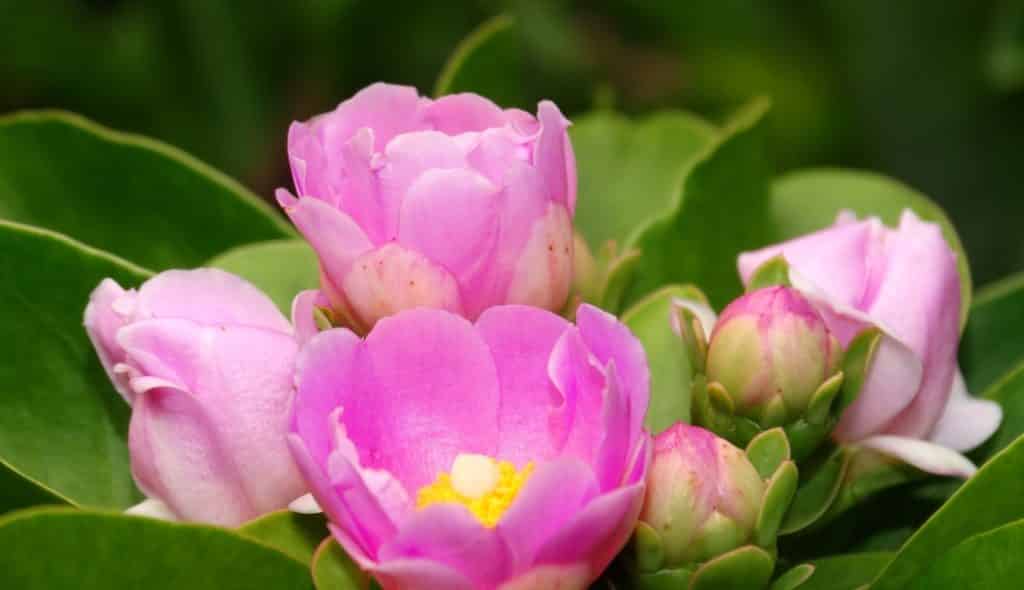
The pink or purple ora-pro-nóbis can also be planted and consumed, but it must be cooked, as it has a lot of saponin that is toxic.
Did you like the article and want to know more? Visit our website and learn all about buying and selling rural products.
See also: How to plant onions in a pot


